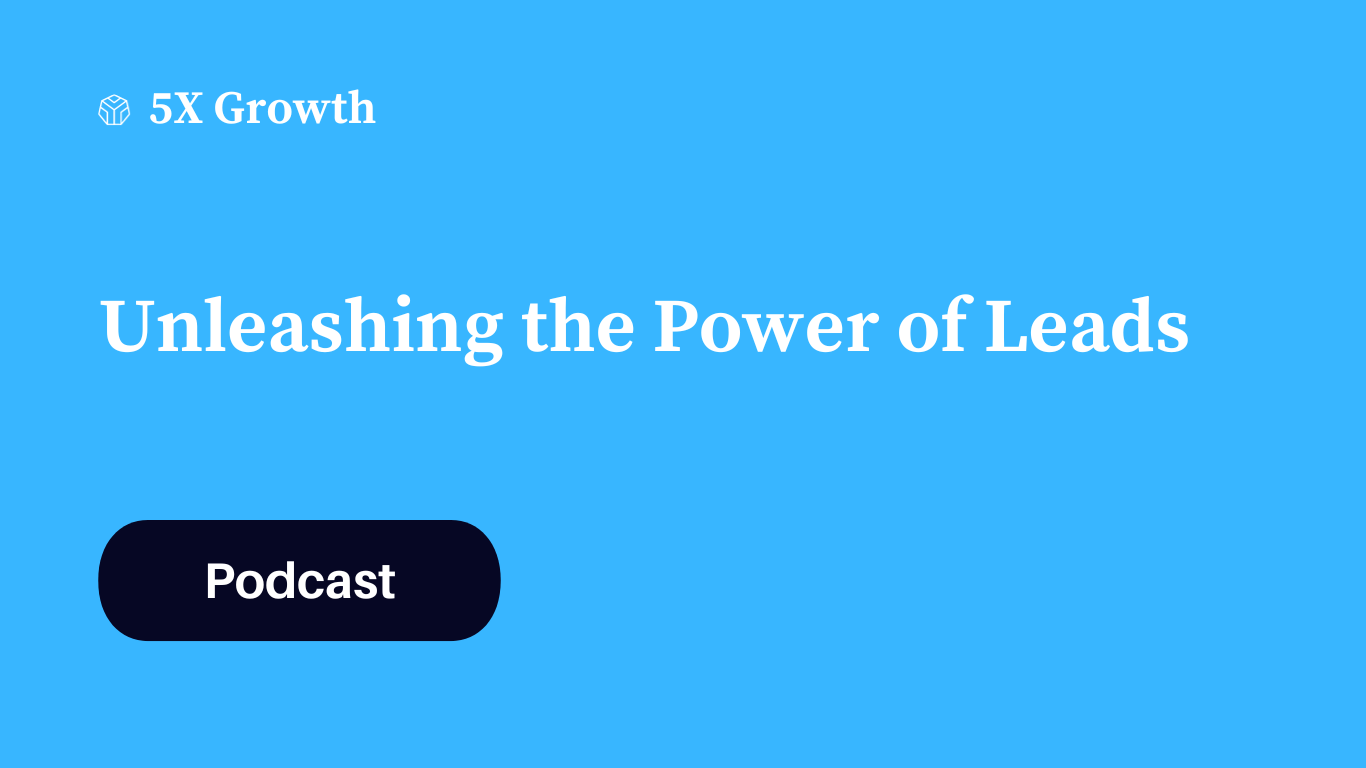The Role of Landing Pages in Paid Advertising and Cold Traffic In the world of…
False Start in Startups: The Importance of Customer Research and MVP Testing
In this podcast episode, the host discusses the concept of False Start in Startups and the importance of customer research and MVP testing, which is a common failure pattern for early-stage ventures. False start occurs when a startup rushes to launch its first product before conducting enough customer research, only to find that the opportunities they’ve identified are rife with problems. The team then pivots towards a more attractive opportunity, but each pivot consumes time and scarce cash.
The reason behind false starts is the founders’ bias for action, which is typical of entrepreneurs who often can’t wait to start building. Engineers, who are also entrepreneurs, love to build, and their impulse is often to build and launch their product as fast as they can. Nontechnical founders tend to be insecure about their inability to build the solution they envision, having been told repeatedly that having a great product is a “do or die” requirement. They tend to recruit an engineer to fill this gap, and the engineers often start building before the team has a good understanding of the problem or solution.
To avoid false starts, entrepreneurs must undertake a thorough and thoughtful design process before commencing engineering work. Founders with a flawed understanding of Lean Startup logic too often skip early process steps and jump straight to MVP testing, which allows them to build a first version of their product. However, MVP testing should be the next-to-last step of the design process.
The full process can be depicted using the Double-Diamond Design framework. During the problem definition phase, you identify unmet needs and the customer segments for whom those needs are most pressing. The goal is to ensure that you’ve found genuine pain or desire – a problem truly worth solving. Once a real problem is identified, you then enter the solution development phase, which involves exploring different ways to address the problem and selecting the best one.
Customer interviews form the backbone of the problem definition phase. Lean Startup guru Steve Blank exhorts entrepreneurs to “get out of the building” and conduct customer discovery interviews. By doing this, entrepreneurs can ensure that they are building something that people actually need and want, rather than just assuming that they know what customers want.
The host emphasizes that entrepreneurs should not become too emotionally attached to a particular solution. Instead, they should stay open to the possibility that more pressing unmet needs or better solutions might be out there. Entrepreneurs who fall victim to a false start are closed to these possibilities; they jump directly to the end of the design process.
During customer interviews, it’s important to ask open-ended questions that encourage customers to share their pain points and needs in their own words. Avoid leading questions and assumptions about what the customer wants. The goal is to gain a deep understanding of the customer’s problems, motivations, and behaviors, which can inform the design of a solution that truly meets their needs.
Once the problem definition phase is complete, it’s time to move on to solution development. This phase involves generating and testing multiple ideas, prototypes, and MVPs to identify the most promising solution. The goal is to find a solution that is not only effective in meeting the customer’s needs but also scalable, feasible, and financially viable.
It’s important to test each MVP thoroughly and gather feedback from real customers to ensure that the solution is on track. This helps to avoid false starts by identifying and addressing potential flaws and ensuring that the product is ready to launch.
Overall, the key to avoiding false starts is to take the time to thoroughly understand the problem and design a solution that truly meets the customer’s needs. This requires a disciplined design process that involves customer discovery, ideation, prototyping, and MVP testing. By following this process, entrepreneurs can avoid wasting precious time and resources on flawed solutions and instead build a product that is truly successful.
In conclusion, our podcast episode highlighted the dangers of false starts in the world of startups and provided practical advice for avoiding this common pitfall. By taking the time to thoroughly understand the problem and design a solution that truly meets the customer’s needs, entrepreneurs can avoid wasting time and resources on flawed solutions and increase their chances of success. So, the next time you’re tempted to rush to launch your product, remember the importance of customer discovery and disciplined design process, and take the time to do it right.
Previous episode: Breaking the Catch-22: Navigating Resource Scarcity in Early-Stage Startups



Podcast: Play in new window | Download



